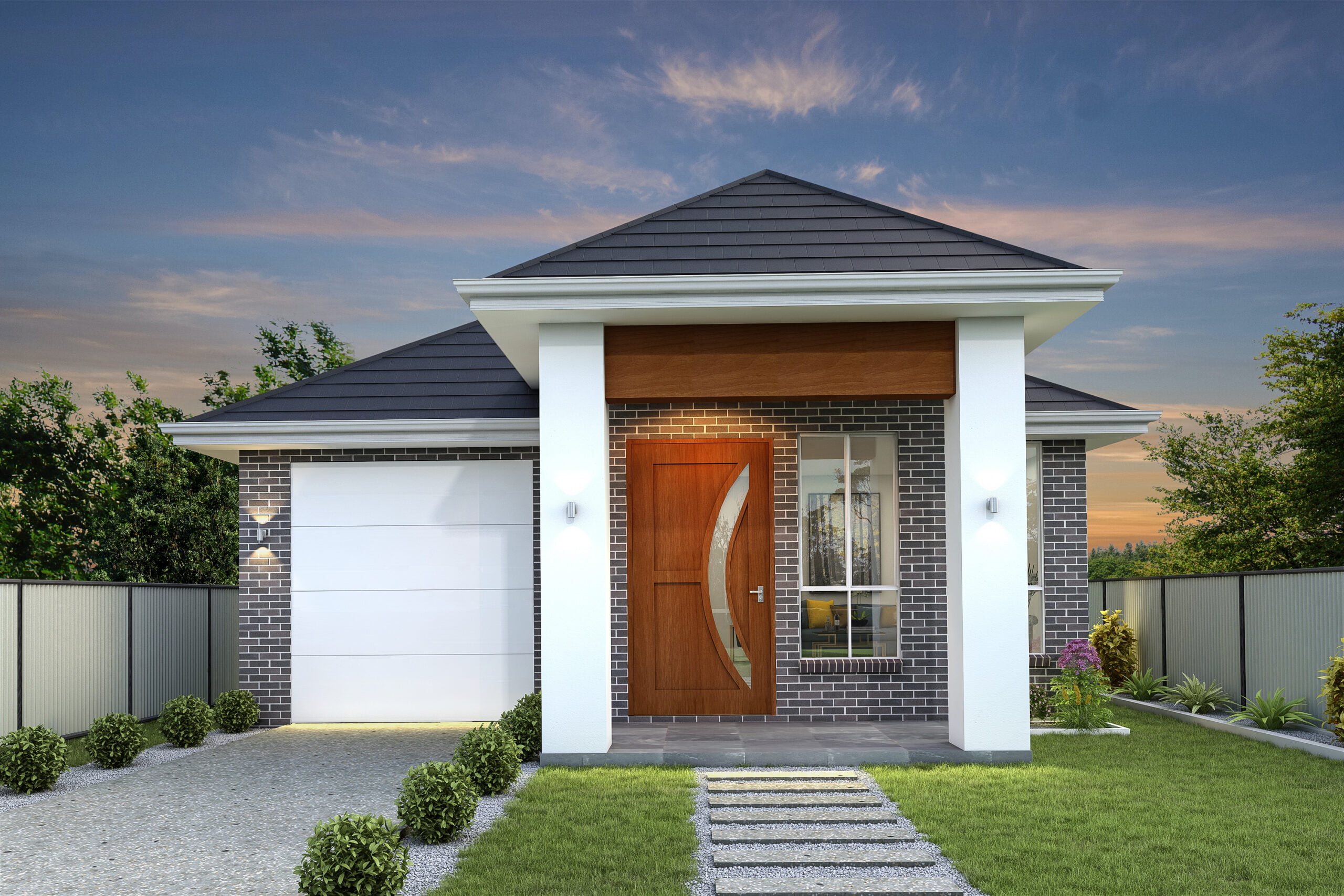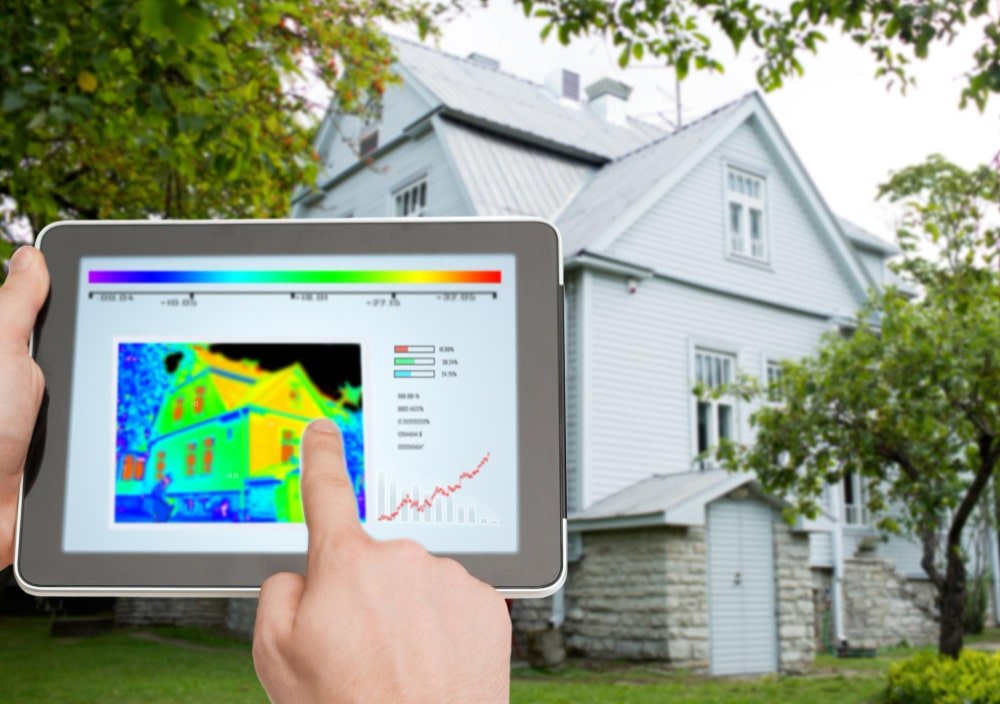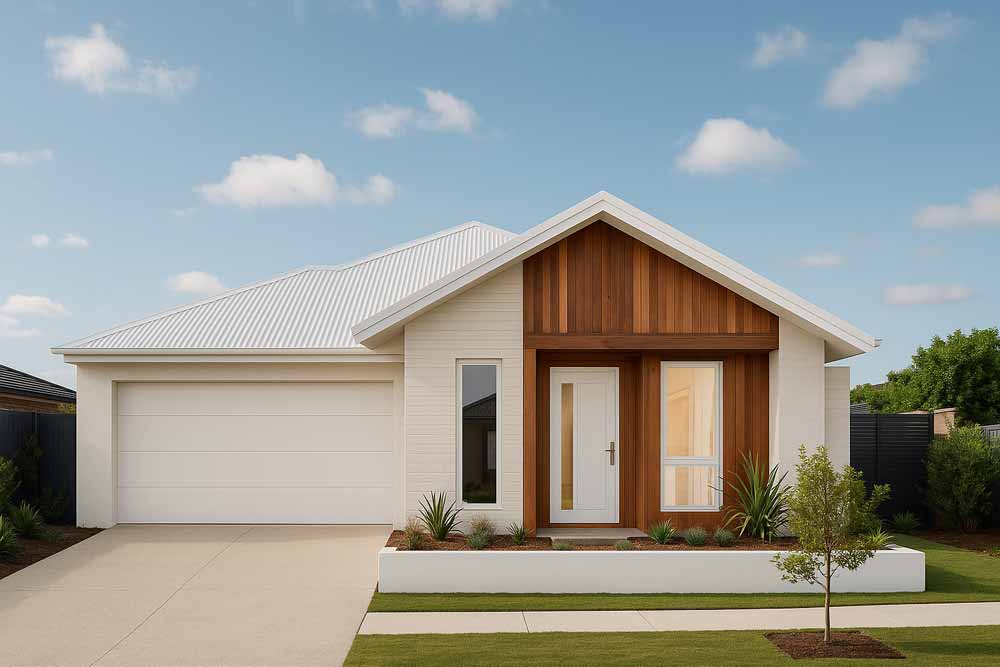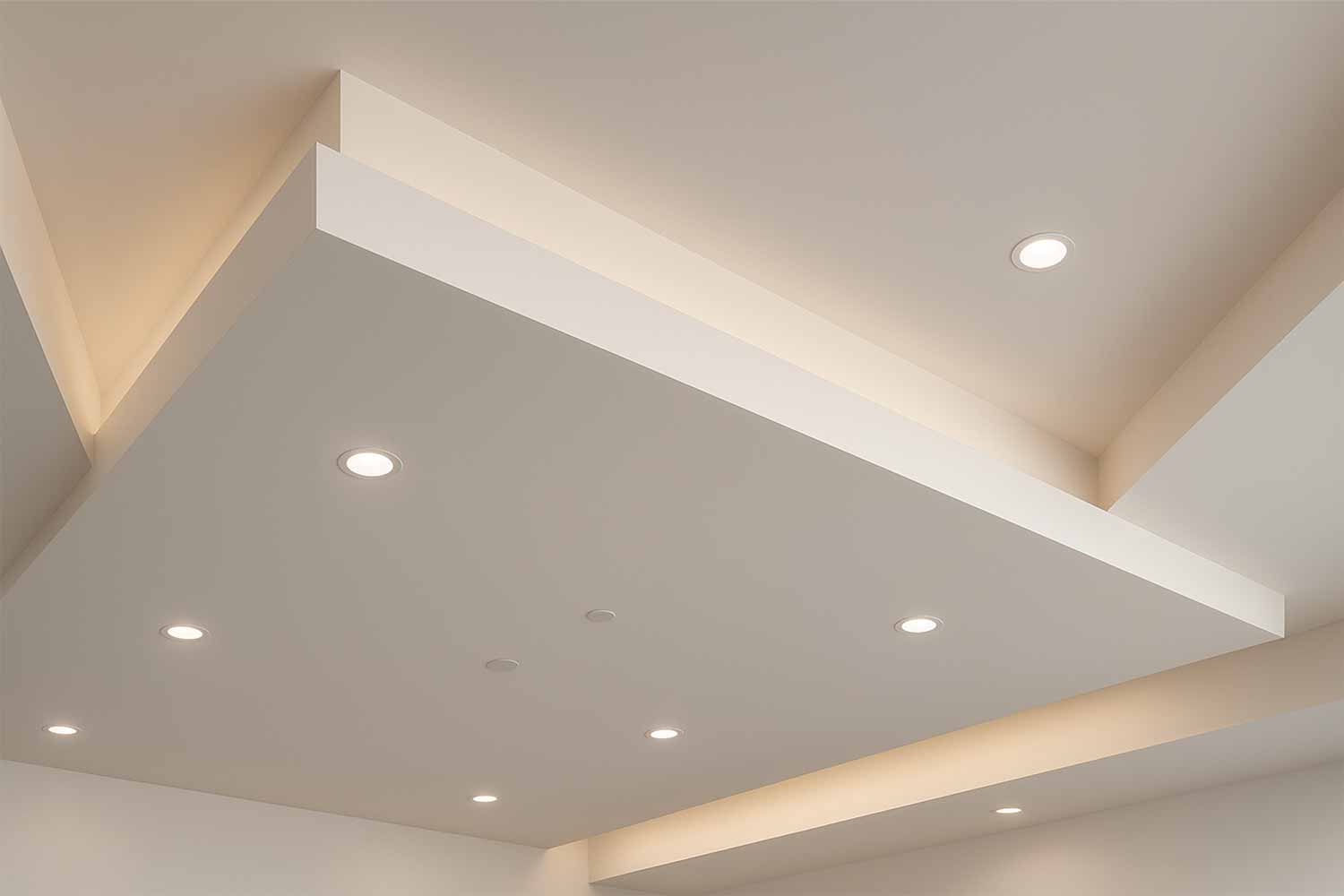Are you building or buying a home in Australia? One crucial factor that often gets overlooked is the direction or orientation of the house. The direction in which your house faces can significantly impact your comfort, energy efficiency, and overall quality of life. Proper house orientation in Australia offers a multitude of advantages that significantly enhance the quality of life and property value.
Join us on a journey to discover the secrets of the best direction for a house to face in Australia and unlock the potential of your dream home. Let’s begin!
Choosing the Best Orientation for Your Dream Home
The orientation of your home refers to the direction it faces in relation to the cardinal points: north, south, east, and west. Each orientation has its advantages and disadvantages, and the choice you make can have a profound impact on your daily life.
Whether you decide on a north-facing home to capture the sun’s warmth or opt for a south-facing house in Australia to efficiently handle the heat, recognising the significance of house orientation remains pivotal in establishing a cozy and eco-friendly living environment in Australia.
To explore your best orientation options and receive expert guidance tailored to your specific needs, Book a Free Consultation with Dhursan Construction today!
The Importance of a Good House Orientation in Australia
Australia’s vast and diverse landscape means that the ideal house orientation can vary significantly from one region to another. Understanding the importance of orientation is the first step toward making an informed decision about your future home. Factors to consider include climate, climate change, solar access, true north and sun angles, prevailing winds, and local building regulations.
Energy efficiency is one of the key importance, with well-oriented homes utilising wind patterns, shading, and natural ventilation to reduce the need for heating, cooling, and artificial lighting. This, in turn, results in substantial energy savings. Firstly, it optimises solar gain and natural light, ensuring your home benefits from increased sunlight during winter, reducing heating costs, and decreasing reliance on artificial lighting.
Furthermore, a well-oriented house provides superior comfort through enhanced natural lighting, improved airflow, and regulation of temperature, positively impacting mood, well-being, and sleep patterns. Lastly, such homes often have higher resale values, as energy-conscious buyers seek efficient and sustainable properties, ultimately contributing to the overall health and well-being of occupants.
Don't Settle for Less—Build Excellence with Dhursan
Maximise Natural Light: The North-Facing Home Advantage
In most parts of Australia, a north-facing house orientation is highly coveted, and for good reason. Homes that face north enjoy a consistent influx of natural light year-round, making them particularly appealing for those seeking comfortable and energy-efficient living spaces. The advantage of a north-facing home becomes evident, especially during the colder months when sunlight can provide much-needed warmth to the interiors.
This orientation allows you to make the most of the sun’s natural warmth, reducing the need for artificial heating and lowering energy consumption. When buying a house, considering its orientation is crucial, as a north-facing property can enhance the quality of living areas, including the main areas of the home, and contribute to more efficient heating and cooling throughout the year.
South-Facing Homes: Balancing Light and Heat
While south-facing homes may receive less direct sunlight, they have their own set of advantages, particularly in regions with scorching summers. In contrast to their north-facing counterparts, south facing homes may receive less direct sunlight, but they offer unique advantages, especially in regions prone to scorching summers. The orientation of your home plays a crucial role in managing both natural light and heat, ensuring a comfortable living environment year-round.
When deciding which direction your home should face, it’s essential to consider the benefits of a south-facing orientation. While you may not have the same level of solar gain as a north-facing home, you’ll enjoy a more balanced distribution of natural light throughout your living spaces. South-facing homes allow you to create cooler, shaded interiors, reducing the need for excessive cooling measures and helping you maintain a pleasant temperature indoors.
North-Facing vs. South-Facing Homes: Which Is a Better Living Space?
The choice between north-facing and south-facing homes depends on your location, climate, and individual preferences. Evaluating how much sunlight you desire and how you plan to utilise your property faces will guide you in making an informed decision about the orientation of your dream home.
However, the North side facing homes hold a distinct advantage in Australia due to the path of the sun. The orientation primarily revolves around ensuring that the living areas of your home face north. The rationale behind this choice is straightforward: north-facing rooms receive abundant sunlight for extended periods during the winter months while benefiting from natural shading provided by the eaves of the roof in the scorching summer season. This thoughtful orientation not only enhances your living comfort but also promotes energy efficiency by harnessing the sun’s warmth and minimizing the need for excessive cooling system measures.
According to Sustainability Australia, the size and orientation of windows play a significant role in determining the amount of sunlight that penetrates a home. Windows facing north, west, and east typically receive direct sunlight, while south-facing windows receive minimal to no direct sunlight.
Transform Your Vision into Reality with Dhursan Construction
East-Facing Homes: Maximising Morning Sunlight
If you love waking up to the gentle warmth of the morning sun, an east-facing home might be your ideal choice. Learn how east-facing homes can create inviting breakfast nooks, bright bedrooms, and enjoyable outdoor spaces for sunrise enthusiasts. In the context of choosing the best direction for a house to face in Australia, east-facing properties aim to capture as much sunlight as possible, particularly during the earlier hours of the day.
The front of the house typically aligns with the east, making it an ideal choice when planning to build a house that prioritises the morning radiant heat and much direct sunlight. East-facing homes are known for creating inviting breakfast nooks, casting bright rays into bedrooms, and offering enjoyable outdoor spaces where sunrise enthusiasts can bask in the radiant warmth of the rising sun.
West-Facing Houses: Dealing with Afternoon Heat
Houses facing west encounter a unique challenge as they receive the full intensity of the afternoon sun, especially during the scorching summer months. This orientation can lead to increased cooling costs and discomfort when the sun is at its peak. It’s essential to understand how to address these challenges effectively and transform your west-facing house into a cool and shaded oasis.
Good house design considerations for properties facing west often involve carefully planning the placement of windows, shading devices, and insulation to minimise heat gain in the main living areas. Houses designed with west-facing orientations while designing your home faces are typically equipped to handle the sun in summer, ensuring a comfortable living environment even during the hottest part of the day.
Best Direction for a House to Face in Sydney, Australia? Find out with Dhursan
Sydney’s unique climate and geographical location make the orientation of your house a significant factor in your daily life. North-facing homes in Sydney are popular because they receive abundant natural light throughout the day. This orientation is ideal for maximising solar gain in winter while minimising it in summer, which can lead to better energy efficiency and comfort. In addition to considering architectural and climate factors, some homeowners in Sydney also take Vastu Shastra principles into account when determining the direction their house should face.
At Dhursan Construction, we understand the importance of choosing the right house orientation to create a comfortable and sustainable living space that suits your lifestyle and location. From selecting the ideal orientation to designing and constructing a custom home that meets your unique needs and preferences.
Your dream home with the perfect orientation awaits, and we can’t wait to make it a reality for you and your loved ones. Contact Us and let us answer all your questions, address your concerns, and provide the expert advice you need to make an informed decision.






